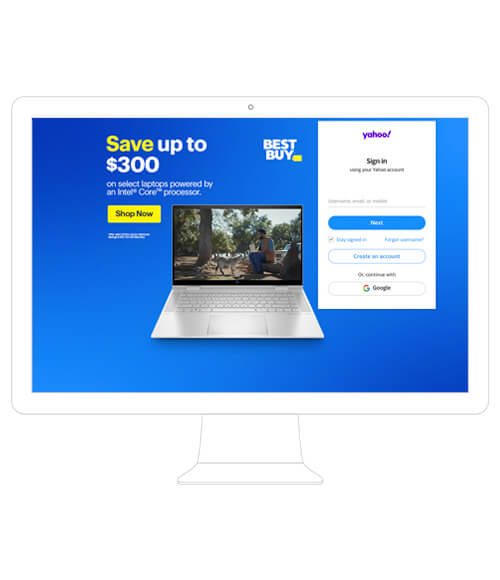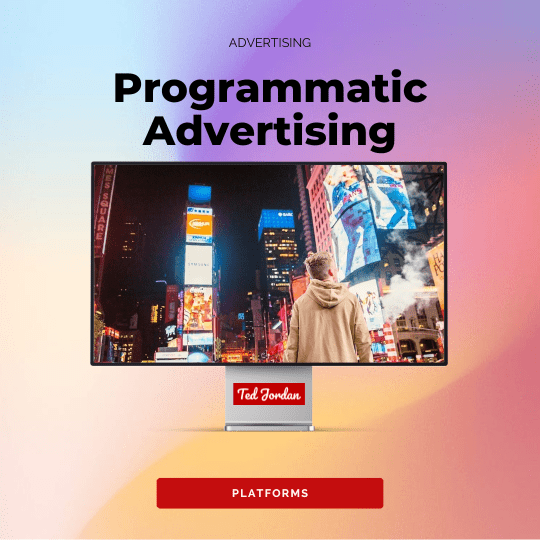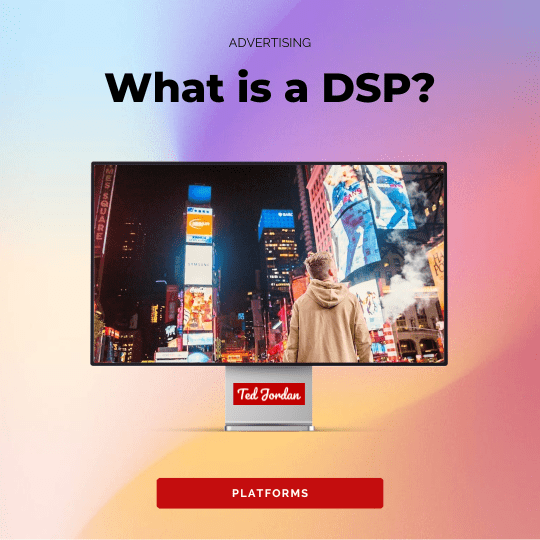O&O advertising, DSP, SSP, IO, 3P, KPI, CTR, CPL: entering the world of Programmatic Advertising is similar to learning another language. The more you learn about it and use specific terms, the easier it becomes to communicate with colleagues, customers or advertising agencies.
Today, the focus is on O&O advertising: what is it and what does O&O stand for?

O&O definition
O&O stands for Owned and Operated. In advertising, O&O describes an ad inventory which is owned by a publisher; this publisher directly operates its sales. There is no third party involved.
For example, Google’s O&O inventory includes platforms like YouTube.
It’s important to know that O&O may include exclusive ad placements on partners’ inventory when those are highly qualitative. For example, Microsoft’s inventory is part of the O&O inventory for Yahoo.
Advantages of O&O advertising
Advertisers often prefer O&O advertising over 3rd party inventory for various reasons. There are advantages and disadvantages in using O&O and 3rd party inventories and we usually recommend using both for programmatic campaigns.
O&O advertising allows advertisers to deliver ads to specific audiences which are highly qualitative. Indeed, these audiences consume high-quality content, related to their interests. Any ad which is melted into their preferred content will not be received as intrusive, for example.
Delivering on O&O also means less or smaller fees (direct sales) and effective reach. Also, it’s easier to deliver on O&O inventories because you usually use the same DSP and only have one point of contact (Sales or Account manager for managed campaigns).
There is a high demand to deliver on O&O ad placements because these placements are considered “premium”. Impressions, clicks, views, fixed costs, may be a bit more expensive than 3rd party-ad-placement’s and guidelines are usually stricter. Publishers want to make sure ads delivering on owned inventories are aligned with their content and their brands.
Also, if these ad placements are a bit more expensive, it’s because CPL (Cost Per Lead) and conversion rates are great.
Ad formats on O&O platforms
Delivering on O&O is not a synonym of being restricted to one ad format. Indeed, there are as many ads formats available on O&O platforms as on other DSPs. The available O&O ad formats depend on each publisher.
The most popular premium ad formats on O&O platforms are display ads and videos (pre-roll, mid-roll).
Examples of ad formats available with O&O advertising:
- Twitch Premium Video, available through Amazon. This premium format allows advertisers to display unskippable videos on live broadcasts and streaming content.
- Login page with Yahoo Mail. This O&O ad space makes a great impact with a full-screen background on the Yahoo Mail login page. The background can contain an image, interactive content such a game, videos, etc.
- Outlook Banner Skyscraper with Microsoft. With 15BB of impressions per month, Outlook is a great ad space to reach potential customers.
- Video ads on YouTube thanks to Google O&O inventory. Pre-roll, mid-roll or post-roll ad videos are ideal to reach users who share the same interests as the videos they are watching.

Now, you know what O&O advertising is and why advertisers use it.
Do you need help with your first programmatic campaigns? Learn the basics of Programmatic Advertising with this online course or contact us.






